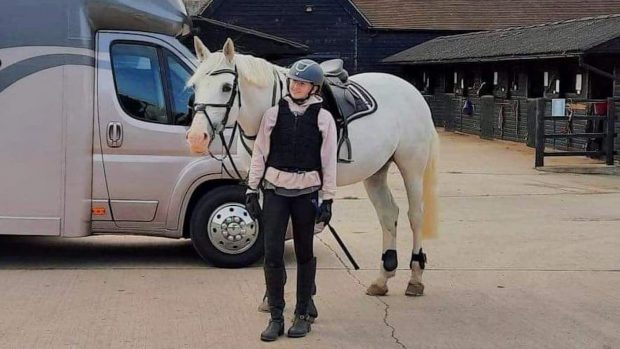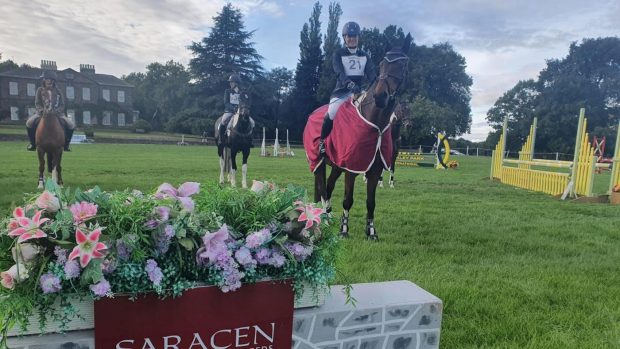The sight of a horse trying to move around on three legs after being struck down with a sudden severe lameness is every owner’s worst nightmare. Luckily, many suspected broken legs are nothing more serious than a case of pus in the foot or a nasty overreach injury.
However, a fracture should be suspected when:
- A horse is suddenly totally unable to use the leg
- A loud crack is heard prior to the onset of lameness
- The limb is totally unstable or at an unusual angle
- The horse is in extreme pain
In such circumstances, the horse will be shocked, so cover him with a rug and contact your vet immediately, requesting an emergency visit. Keep the horse still as he may panic when he realises he cannot move. Food can have a calming influence, hay and a bucket of feed are good emergency “painkillers”.
If the horse flails around attempting to bear weight on an unstable limb, this will increase the soft tissue damage, reducing the likelihood of a successful repair. Good first aid at the time of the accident will play a major role in the eventual outcome.
Fractures of the equine limb bones can be split in to the following categories:
Obvious broken bones are most commonly complete fractures of the weight bearing long bones, and usually are very bad news. These are normally impossible to repair in any equine larger than a small pony, although fractures of the point around the elbow can in some cases be treated, even in big horses. Any injury where a major broken bone is sticking out through the skin is untreatable due to overwhelming tissue damage and infection.
Less obvious broken bones are mostly fractures of the small bones, such as within the hock, knee or foot. These bones suffer a range of fracture types and treatment depends on the size of the fragment, the angle of the fracture plane and the degree of joint involved. Some of these injuries may be treatable and a full return to work possible. The prognosis with splint bone fractures is often good.
Fractures that are not obvious include non-displaced hairline cracks, which will heal provided the bones do not undergo any further damage. Also rarely diagnosed are stress or fatigue fractures, most commonly found in young racehorses. Less obvious injuries of this nature may develop into more serious injuries if they are not recognised and treated.
Chip fractures occur when a small fragment of bones separates off, with the severity of the injury depending on the site of damage. If a bone chip is within a joint, degenerative joint disease may develop.
Fractures requiring immediate euthanasia include:
- Fractures involving multiple long bones
- Complete upper hindlimb or forelimb fractures, expect in small ponies
- Complete fractures of bones above the knee in horses weighing more than 350kg
- Compound fractures with open wounds
- Severe long-standing infected joints, synovial sheath or bursa
- Severe loss or damage to soft tissues
Proper diagnosis, which can be difficult even in the extremely lame horse, is essential to determined how to proceed. If the injury occurs in the field, it may be necessary to move the horse to an equine hospital to take good quality X-ray pictures of the injury.
Your vet will advise whether or not transport is possible. Without moving the horse, it may be impossible to make a diagnosis, leading to euthanasia on humane grounds.
Regrettably many equine fractures are untreatable. Others may be potentially repairable, but incur a long, costly course of surgical treatment. Some more straightforward fractures are technically fairly routine to repair, given a skilled surgeon and proper facilities, but knowing where to draw the line can be hard.
The ultimate aim of most equine fracture repair is a return to work and a horse that is only able to hobble across a paddock is an unsatisfactory conclusion.




